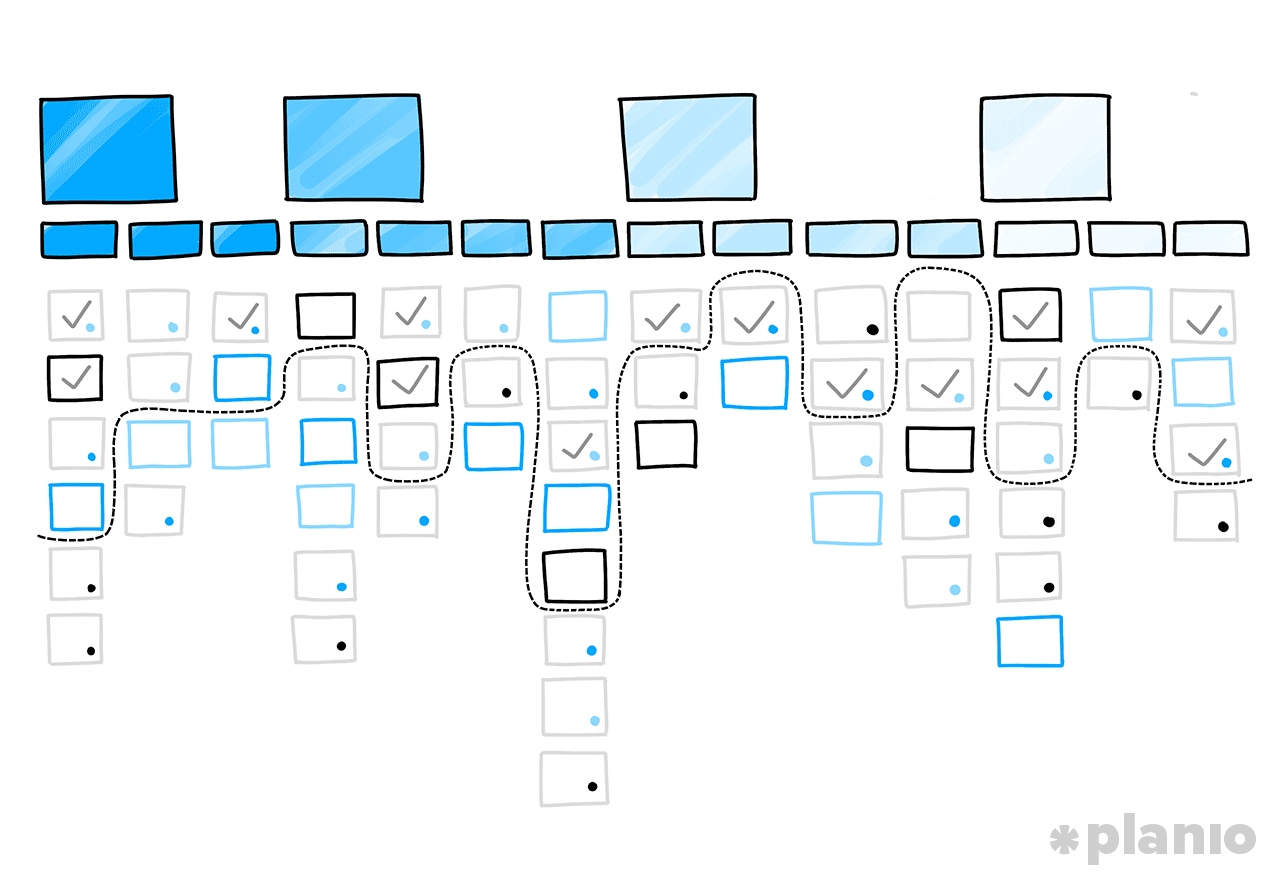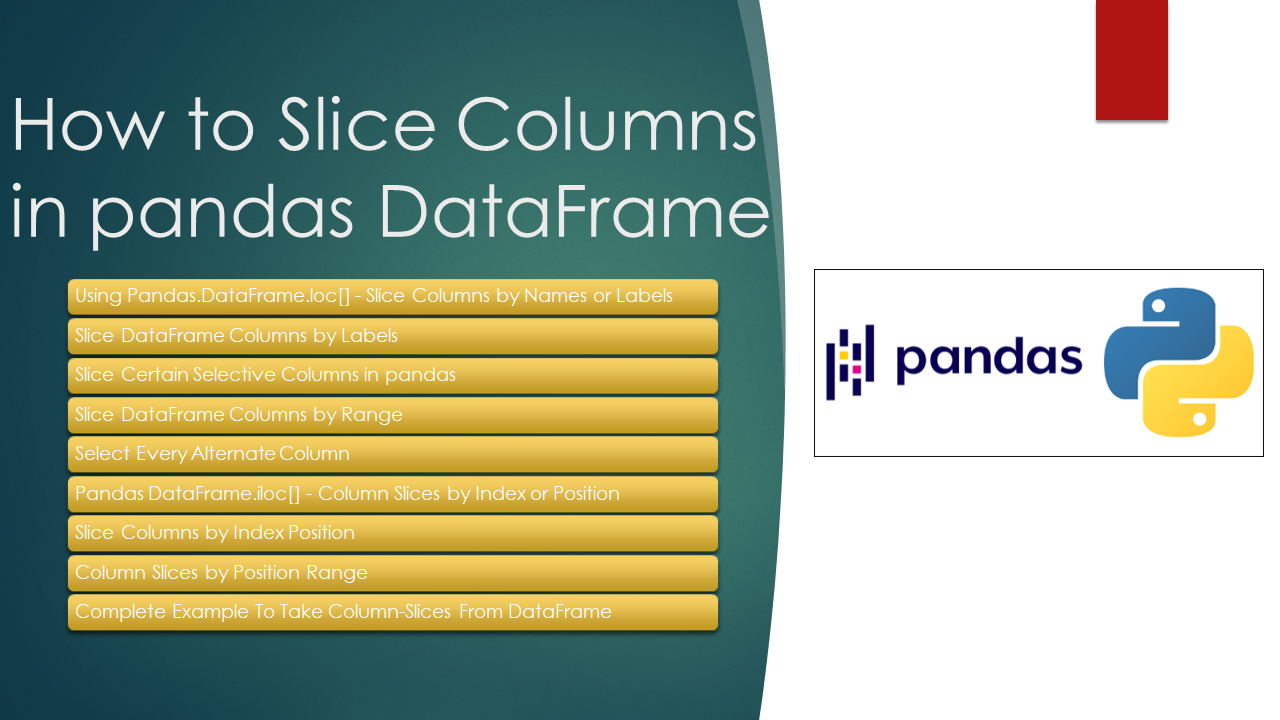
It’s common practice to put an email signup form in the website footer. They might navigate further into the website and consult the needed information. This is a sign that, although they reached the end of a page, they have not reached the end of the website. Users might not have found what they were looking for in the page body when they hit the page bottom, you offer them the possibility to perform a specific search for the item they are searching for. It might be useful to include a search box in the website footer. Here is another example – with links to short presentations of a business: The above example is representative of a website presentation placed in the footer. Or some links with short presentations of what characterizes the business. Some might want to include a description in their website footer. Some examples include Calendar, Archives, Categories, Recent Posts, Recent Comments… and the list continues.īelow is an example of footer with widgets included: Widgets are small applications that can help you insert different pieces of content into the website footer. However, when placed in the website footer, they make your visitors dwell longer with your business (even if somewhere else online). That is why putting social media icons in the header or body of the page is not quite recommended. And you will want to direct them to other places/groups only after they have taken into consideration the whole information presented on the website. You want your visitors to stay as long as possible on the site. It is a best practice that you should place social media icons in the footer of your webpages. The footer below was created with the Mesmerize theme, for the Pizza restaurant demo. Sometimes, it is also recommended to include a map for simple geo-localization as well as what business hours a company operates.Īll you need to do is transmit that you are findable through some points of contact, easy to be identified in the website footer. Leaving a phone number, email address and physical address in the footer will help them a lot. If people like what they see on the page, they will want to further get in touch with you. One of the most important elements in a website footer is contact information.

When they click “Submit”, they also have to agree to the terms of service of that site. The clickwrap method, however, refers to the placement of the terms of service in forms, i.e.

The browsewrap method refers to the inclusion of the Terms of Service through a link in the website footer. Terms of service can be enforceable, through the browsewrap and clickwrap methods. They may be named as such (“Terms of Service”) or “Terms of Use” or “Conditions of Use”, like in the example of Amazon: They refer to the general rules and guidelines people are deemed to follow when using your website. The copyright notice usually includes the © symbol (copyright symbol), the year of publication, and the name of the copyright owner.Īs the copyright notice, the terms of service are not mandatory, but they should be included in the website footer. Footers containing only the copyright notice have a simple, yet elegant presentation. In case someone copies elements of your website, those persons can’t claim ignorance. It is a notice that helps to prevent copyright infringement. The copyright notice, although not mandatory, is still a must-have for any website.

Research has found that improving the website footer can lead to as much as a 23.77 percent increase in conversions. Consider one or more items from the ones listed below, and carefully decide what to include in your website footer. What to integrate in a website footer?įirst, let’s see what elements should be integrated in a website footer. There’s no too much scrolling, when it comes to reaching the bottom of a webpage, users will find it and extract the most of it. Often neglected by web designers, website footers are nothing less than a stop point where users can decide if your website is valuable to them or not.


 0 kommentar(er)
0 kommentar(er)
